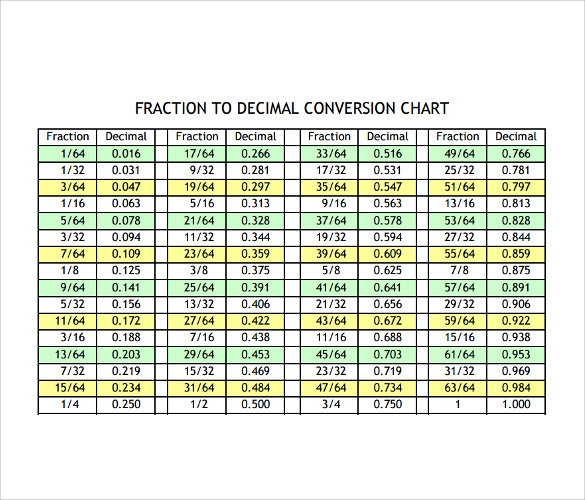

However, the value in cell B5 (7.12) can’t be precisely presented with a one-digit denominator it needs two digits: 7 3/25. Most of the fractions in this example can be reduced to a one-digit denominator, so those look the same regardless of Fraction format type. This means that, if a fraction can’t be displayed exactly with a one-digit denominator, it is displayed with two digits. Now, all fractions in the range have a two-digit denominator. Note that there are other available fraction types (halves, quarters, eights, etc.), as you can see in the picture below. For the Type, select Up to two digits (21/25) and click OK. In the Format Cells window, the Fraction category is already selected. Select the data range with fractions (B2:B7), and in the Ribbon, go to the Home tab, and click on the Number Format icon (in the bottom right corner of the Number group).Ģ. If you want a more precise fraction, change the type, and show fractions with multiple-digit denominators.ġ. In this example, the value in cell B5 (7.12) is converted to 7 1/8. Therefore, some values are rounded to the closest fraction with a one-digit denominator. To convert the values to fractions, first select the range of cells you want to convert (here, B2:B7).Īs a result, all decimal numbers from the range are now formatted as fractions.Īs you can see in the picture above, all fractions have a one-digit denominator. Say you have a list of decimal numbers in Column B.ġ. In Excel, you can convert decimal numbers to fractions, by changing the format of the numbers.
#DECIAML TO INTEGER FRACTION CONVERTER HOW TO#
Simplify the fraction by finding the GCD for both 12 and 90 (which is 6) and divide both values by 6.This tutorial demonstrates how to convert a decimal value to a fraction in Excel and Google Sheets. Multiply both the numerator and the denominator by powers of 10 to eliminate the decimal places on the numerator: 12 / 90 Now subtract the initial equation from the resulting equation: (10x – x) = (1. Multiply both sides by 10 1 (since there is one repeating decimal): 10x = 1. Subtract the initial equation from the resulting equationĮxample: let’s convert 0.1 3 to fraction.Multiply both sides of the equation by 10 y.Count the number of repeating decimal digits, and let be “y”.Let the decimal number be “x” in the equation.

In this case the conversion involves solving equations: 3, where the line over the decimal 3 means that it is repeated). You may encounter repeating decimal digits, such as 0.3333333… (which is often represented as 0. The GCD between 5 and 10 is 5, so divide both the numerator and the denominator of the fraction -5/10 by 5 to simplify the fraction to -2 1/2 How to convert Repeating Decimals to Fraction If the decimal is negative, the process is the same, but the fraction will have a negative sign in front of itself.Įxample: let’s convert -2.5 to fraction. The GCD between 1 is 125, so divide both the numerator and the denominator of the fraction 125/1000 by 125 to simplify the fraction to 4 1/8 How to convert a Negative Decimal to Fraction Now multiply both the numerator and the denominator by 10, for 3 times (since 0.125 has 3 decimal digits): 4 125 / 1000 Divide both the numerator and the denominator by the GCD.Find the Greatest Common Divisor (GCD) between the numerator and the denominator.Simplify / reduce the fraction: rewrite the fraction in its simplest form:.Multiply both the numerator and the denominator by 10, as many times as the number of decimal places (the digits after the decimal point).



 0 kommentar(er)
0 kommentar(er)
